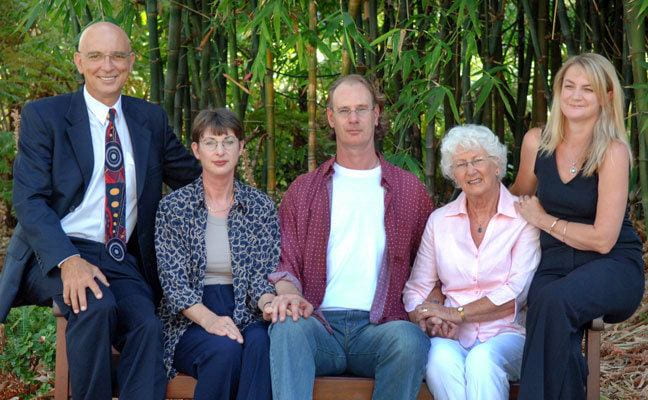Pamela Lawrence was murdered on May 23rd 1994 at her own Jewlery shop, following a brief investigation, police determined that Andrew Mallard was the murderer in 1995. At the subsequent trial, police detectives presented evidence that supported a conviction much of which was obtained under duress or proofed to be incorrect and clearly unreliable based on other available evidence which was withheld from the court and defence counsel.
Andrew Mallard’s family turned to a journalist for help in 1998 who eventually, upon realization of a miscarriage of justice, contacted John Quigley, an eminent lawyer and ex-attorney general who eventually collated enough evidence of unjust practice and police failures to launch an appeal. Despite further police stubbornness and intransigence, eventually, at the third attempt, Andrew Mallard was released in 20 February 2006. By this time, Mr Mallard had served 12 years in prison for a crime he did not commit.
The legal system incorporates a variety of principles of justice to protect the rights of all Australian citizens. Although the legal system is imperfect and justice can be subverted, these principles are crucial because they allow legal disputes and criminal cases to be decided in the most impartial manner possible. In the case of Andrew Mallard, for instance, numerous rules of justice were disregarded, resulting in the conviction of an innocent man. Investigation into the Andrew Mallard case revealed that police detectives violated and disregarded the need for reliable evidence and the right to remain silent.
The principle of presenting reliable evidence was violated in the Andrew Mallard case as a pathologist presented evidence to the court that a wrench, the murder weapon, was later proved incorrect and not the murder weapon. This was exacerbated by withholding contradictory reports that showed the evidence incorrect. In this case, the autopsy report stated the weapon of the damages was not by a wrench but rather a smaller unique weapon, that could not be immediately identifiable. Furthermore, police presented to the court the drawing of a wrench which had been obtained from Andrew Mallard under duress, as police stripped and beat the accused man to create the drawing, which was shown to the court as main evidence.

Another element of the case, therefore, was a disregard for Andrew Mallard’s right to silence, as he was stripped naked and beaten until he produced the incriminating evidence the police were seeking. Later events which demonstrated that the murder weapon was not in fact a wrench, rather a smaller unusual object, strongly suggest the police directed Andrew Mallard to create the exact evidence they required for conviction. Safeguards which could have prevented this abuse of the principles of justices such as interview witnesses, video recording of the interviews and meeting notes were not implemented and should have been a strong signal that something was not correct about how the investigations and interrogations that were conducted.
In conclusion, the principles exist to ensure as much as possible an impartial and fair legal system to protect individuals and society using the rule of law, if these principles are not followed as in the Andrew mallard case, injustices can occur with devastating consequences can transpire to the unfortunate individuals involved.
